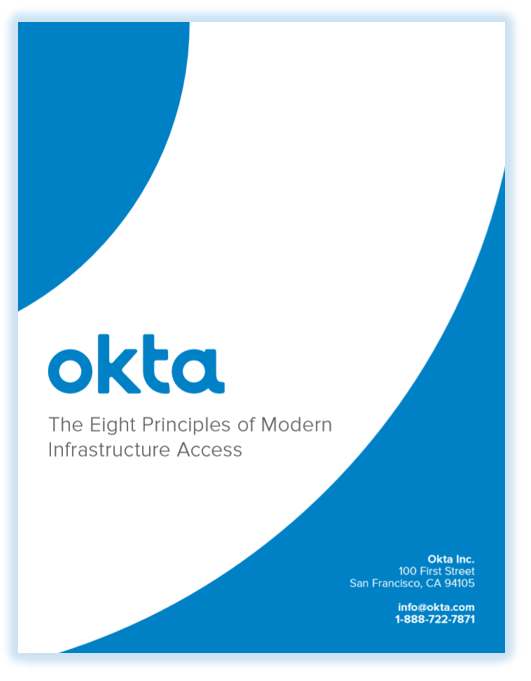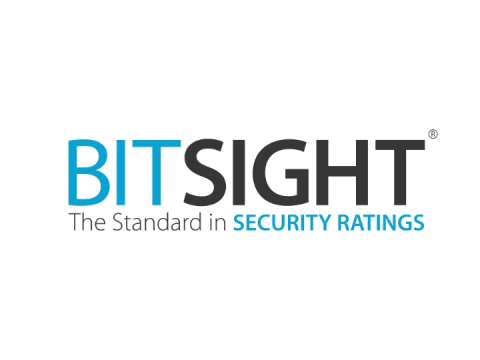The 8 Principles of Modern Infrastructure Access
Infrastructure resources are some of the most sensitive and valuable assets across your network. Whether in the cloud or on-prem, controlling access to servers and databases is a top priority for IT and Security departments. While traditional methods are laser-focused on “protecting the keys”, admin credential breaches continue to slam organizations.
How to Create a Scalable & Sustainable Vendor Risk Management Program
In this Ebook, we’ll explore those traditional programs and identify the areas where they fall short. We’ll discuss what it takes to create a VRM program that’s ready and able to stand up to the current state of affairs.
Forrester Cybersecurity Risk Rating Solutions Wave Report
For more details on the Wave evaluation, please download the complimentary copy of the report.
Gartner Vendor Risk Management Critical Capabilites Report
This new Gartner® report is the first critical capabilities research written exclusively for the Vendor Risk Management (VRM) market.
Third-Party Risk Management Maturity Model
This paper will help you find it. To know where to go next, you must begin by understanding where you are now. By locating yourself on ProcessUnity’s Third-Party Risk Maturity Scale–Informal, Reactive, Proactive, or Optimized–you gain important insight into your current risks, and viable opportunities for mitigating them.
Why Continuous Monitoring is Essential to Third Party Risk Management
Cyber risk can come from anywhere, including third and fourth party vendors. These partners can be the weakest security link for an organization if security controls haven’t been properly assessed.
Use These Privacy Deliverables in Every IT Development
Organizations worldwide struggle to implement detailed regulatory requirements for maturing privacy laws (e.g., from the EU’s General Data Protection Regulation [GDPR] or California’s Consumer Privacy Act to pending bills that are expected in India and Brazil).
How OneTrust Helps: Information Security
With privacy laws becoming global and mainstream, the concept of “adequate security” is becoming a legal mandate for many organizations. The overlap between privacy and security calls for new ways for these two teams to collaborate, communicate more effectively, and use common tools.
Vendor Risk Management Handbook
Massive amounts of personal data flows to and from third-party vendors, creating many privacy compliance and security challenges. With new regulations and frequent data breaches relating to third-party vendors, proper security and privacy controls must be put in place. Your organization should have access to the latest information regarding global privacy laws and security standards – that is why we created the Ultimate Vendor Risk Management Handbook.
The Forrester Wave™ Privileged Identity Management, Q4 2018
Blacklight Overview
Asset configuration is a recurring IT challenge that the Blacklight Platform solves. The Blacklight Connector automatically syncs Blacklight asset discovery and configuration assessment results with the Keylight Platform. Keylight users can then leverage the results to make better, more informed risk management decisions. Learn more by downloading the data sheet.
CSF Quick Tip checklist
This document is a quick reference guide for creating your IT risk program following some of the key elements of the NIST Cyber Security Framework.
Threat Intelligence Handbook
Centrify Zero Trust Privilege Services
According to Forrester1, 80 percent of all hacking-related data breaches involve privileged access credentials. This illustrates that the legacy approach to Privileged Access Management (PAM) is no longer enough and requires a rethinking of how to protect against privileged access abuse in today’s dynamic threatscape. Centrify is redefining legacy-PAM by delivering cloud-ready Zero Trust Privilege to secure access to infrastructure, DevOps, cloud, containers, Big Data, and other modern enterprise attack surfaces.

























